What to do with the very last Sarpo Mira potatoes from the cellar? Last night’s dinner was Gnocchi made with Hablitzia leaf, Laportea canadensis (Canadian wood nettle tops) and stinging nettle tops. I must admit that our first attempt turned into a gnocchi soup, so we had a starter with exactly the same ingredients as the main course :) The second attempt was excellent though!
Hablitzia tamnoides leaves:
Canadian wood nettle (Laportea canadensis); the tops of the stems can also be used: Making the gnocchi (potato used instead of grain for pasta):
Making the gnocchi (potato used instead of grain for pasta):
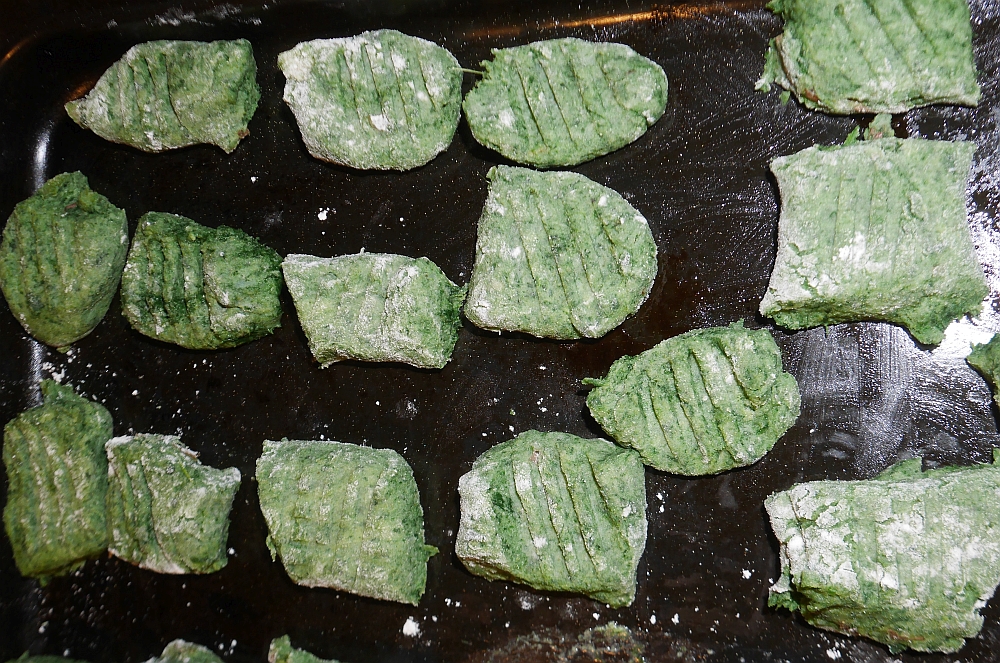







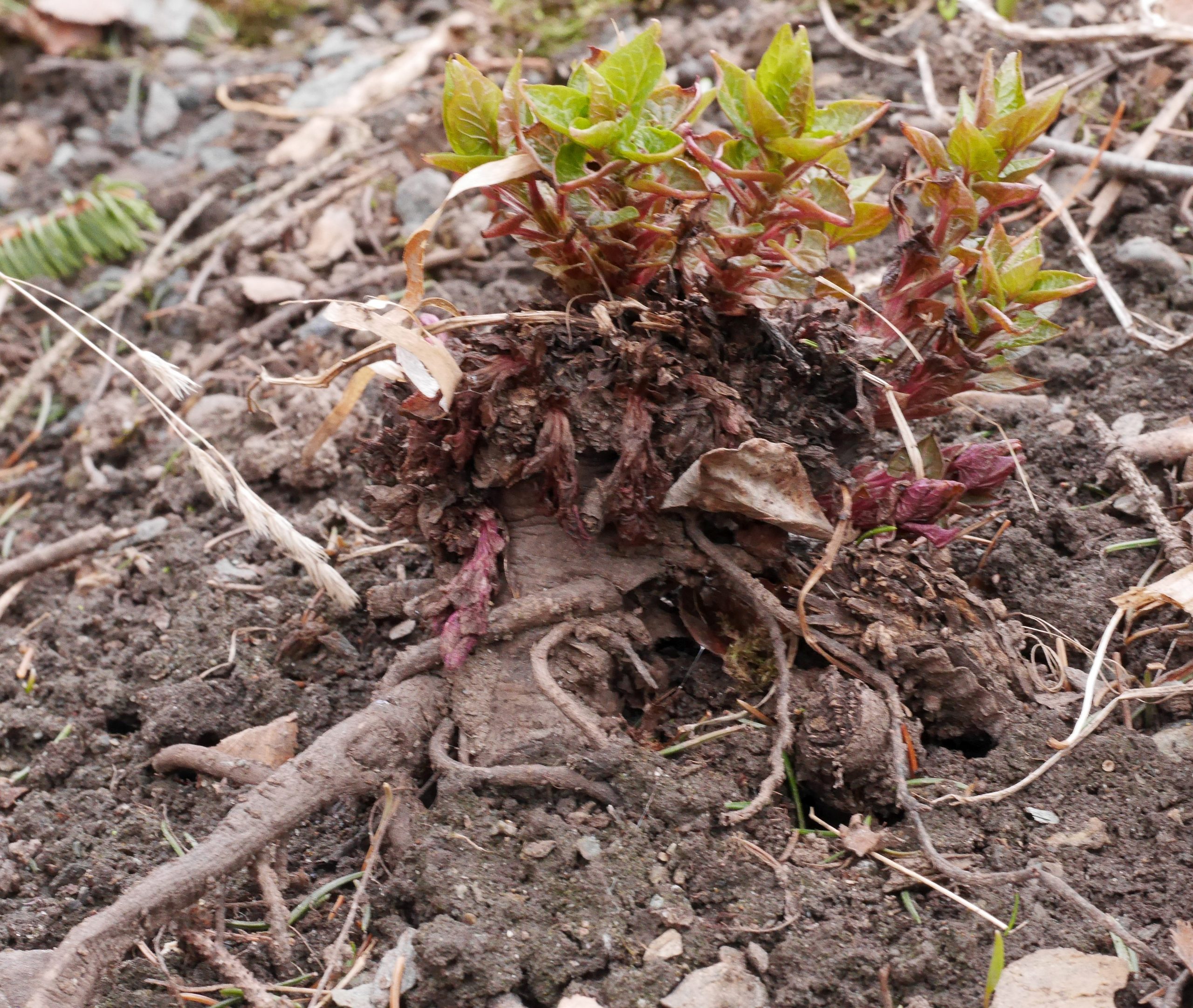






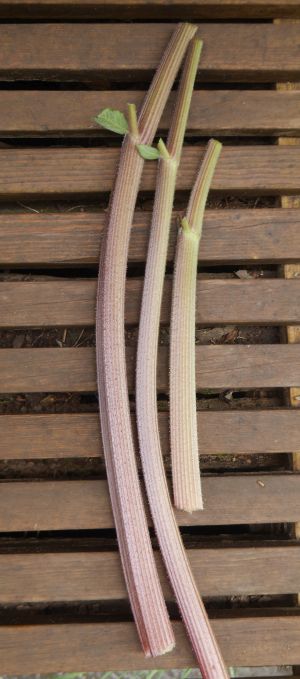

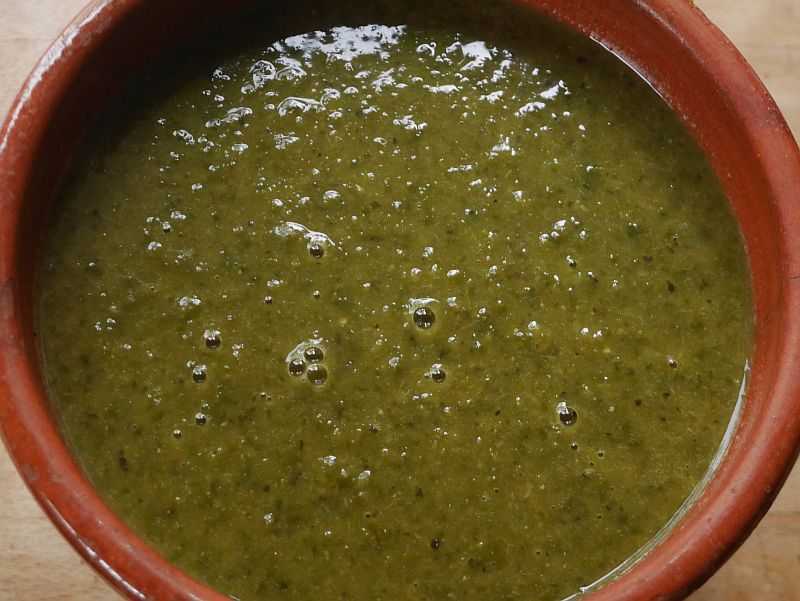










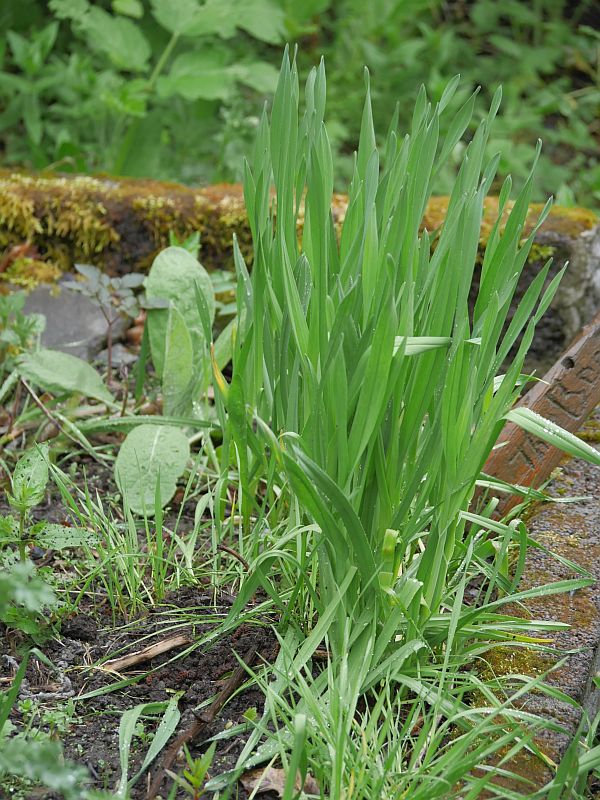


 Sorrel (Rumex acetosa) flowering stems
Sorrel (Rumex acetosa) flowering stems